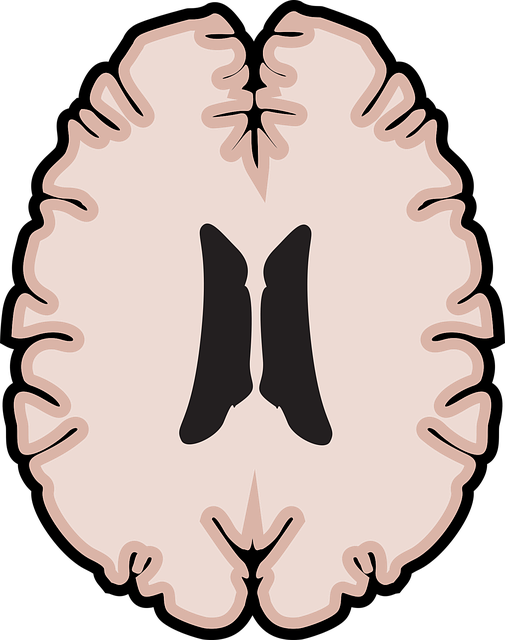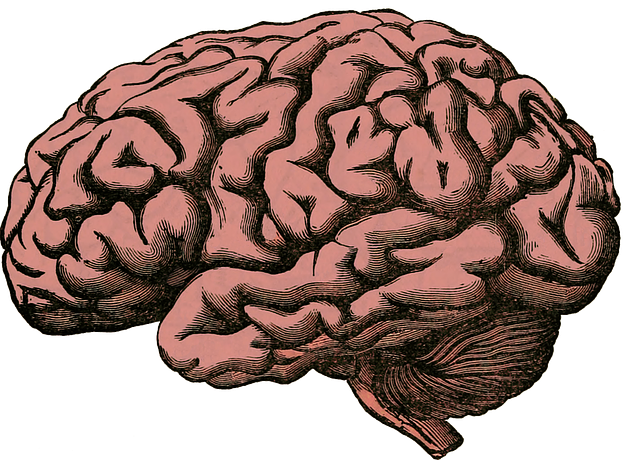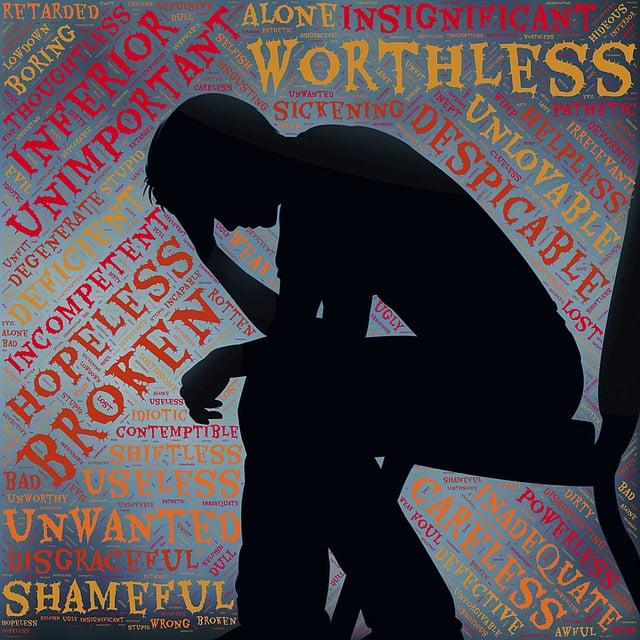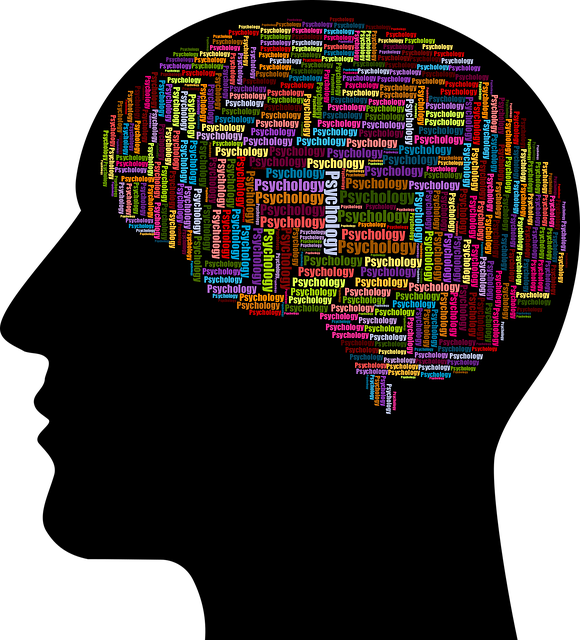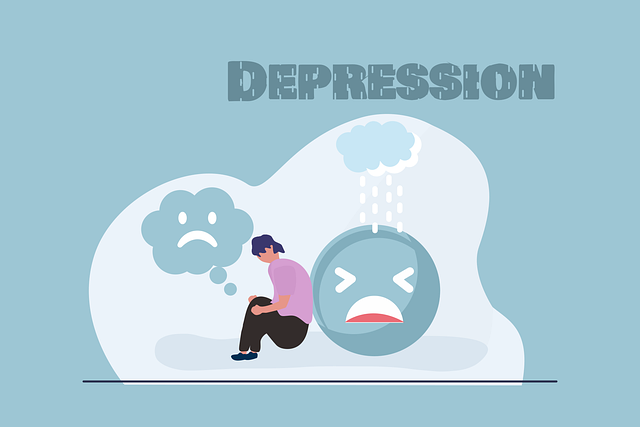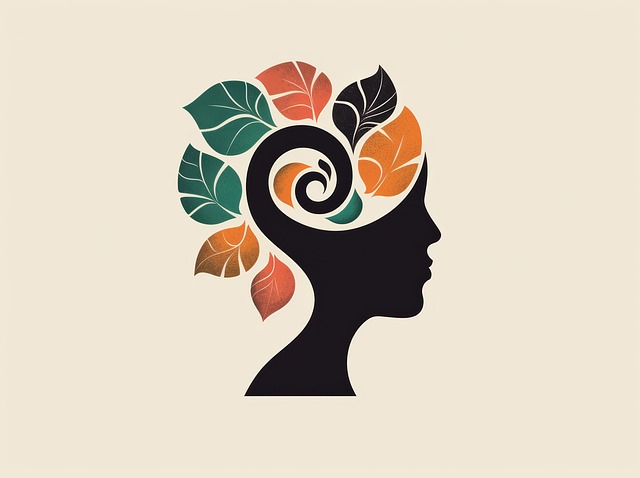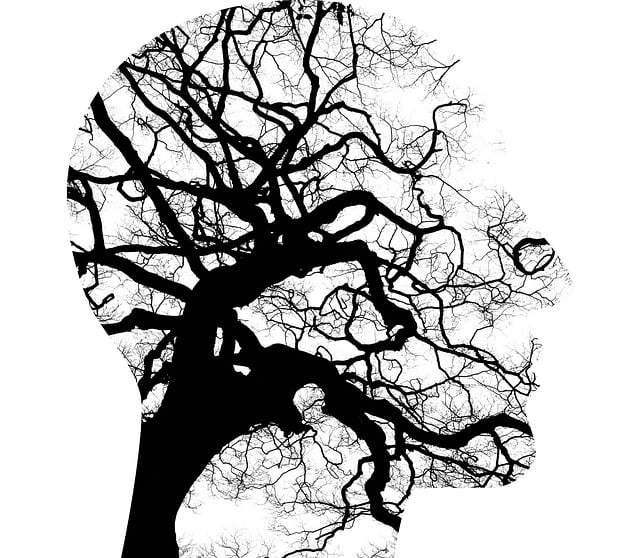Mental health education programs must be age-adapted, addressing unique needs of adolescents and seniors through tailored strategies. For teens, CBT empowers resilience and coping skills against depression, while geriatric programs combat ageism and loneliness by promoting mental health awareness in aging. Both incorporate open dialogue, engaging content, and diverse delivery methods like group discussions and multimedia to enhance participation. Tailoring programs to meet these needs ensures effective mental health education for all, with evaluation metrics tracking behavioral changes and literacy improvements over time.
Mental health education programs play a pivotal role in fostering well-being across diverse age groups. This article delves into the intricate process of designing comprehensive initiatives, focusing on tailored approaches for teens and geriatrics. We explore evidence-based practices, recognizing unique needs at different life stages. By incorporating engaging content and adaptive delivery methods, we bridge generational gaps, ensuring accessibility. Furthermore, implementation strategies and evaluation metrics are discussed to assess long-term impact, with a specific emphasis on therapies catering to adolescent teens and geriatric populations.
- Understanding Mental Health Across the Lifespan: Tailoring Programs for Teens, Geriatrics
- Incorporating Evidence-Based Practices in Program Design: Best Therapies for Different Age Groups
- Creating Engaging Content and Delivery Methods: Bridging Generational Gaps in Learning
- Implementation Strategies and Evaluation Metrics: Ensuring Effectiveness and Long-Term Impact
Understanding Mental Health Across the Lifespan: Tailoring Programs for Teens, Geriatrics

Mental health is a journey that unfolds across the entire lifespan, from adolescence to old age. Therefore, designing education programs requires a nuanced approach, recognizing the distinct needs and challenges faced by teens and geriatrics. For adolescents, therapy often focuses on navigating stormy teenage years, fostering resilience against emerging mental health issues like depression prevention. Programs can utilize mind over matter principles to empower young people with coping strategies, encouraging open conversations about mental well-being.
In contrast, geriatric mental health education must consider the unique concerns of aging, such as cognitive decline and loneliness. Tailoring therapy for seniors involves addressing ageism and promoting awareness of common mental health issues in older adults. Risk assessment becomes crucial here, as mental health professionals need to be equipped with tools to identify and support at-risk geriatrics effectively.
Incorporating Evidence-Based Practices in Program Design: Best Therapies for Different Age Groups

Incorporating evidence-based practices is paramount when designing mental health education programs, as it ensures the effectiveness and relevance of the interventions. For adolescents and teens, cognitive-behavioral therapy (CBT) has proven to be a powerful tool in managing anxiety, depression, and other common mental health issues. CBT empowers young individuals by teaching them to identify and challenge negative thought patterns, thus promoting healthier coping mechanisms.
When targeting geriatrics, tailored approaches are essential due to the unique challenges associated with aging. Mind over Matter principles can be incorporated to encourage active mindfulness and stress reduction techniques. These practices help older adults navigate age-related stressors and maintain cognitive function. Additionally, self-care practices such as regular exercise and social engagement can significantly contribute to their overall well-being. Healthcare provider cultural competency training is also crucial, ensuring that services are accessible and sensitive to the diverse needs of this demographic.
Creating Engaging Content and Delivery Methods: Bridging Generational Gaps in Learning

In designing mental health education programs, creating engaging content and delivery methods is paramount to bridging generational gaps in learning. For instance, when catering to both adolescent teens and geriatrics, it’s crucial to adapt communication styles and material to suit diverse preferences and experiences. Incorporating interactive elements like group discussions, role-playing scenarios, and multimedia resources can enhance engagement for all age groups. Adolescents, comfortable with digital tools, may respond well to online platforms and apps that offer therapy and self-care content. In contrast, geriatrics might prefer more traditional methods such as workshops and one-on-one sessions, where personal connections and face-to-face interaction are valued.
Empathy building strategies, self-esteem improvement techniques, and mind over matter principles can be woven into the program to cater to these different audiences effectively. For teens, peer-led discussions and creative outlets like art therapy or music can foster open communication and build empathy. Geriatrics may benefit from reminiscence therapy, where they share stories from their younger years, enhancing self-esteem through a journey of personal achievement. Regardless of age, tailoring the program to meet these diverse learning needs ensures that everyone receives valuable mental health education that resonates with them.
Implementation Strategies and Evaluation Metrics: Ensuring Effectiveness and Long-Term Impact

Implementing a Mental Health Education Program requires strategic planning and innovative approaches to ensure its effectiveness and longevity. One key strategy is tailoring content for diverse audiences, including adolescent teens, geriatrics, and other age groups with distinct mental health needs. This can be achieved through age-appropriate curriculum design, leveraging interactive tools like role-playing and multimedia resources, and addressing unique challenges specific to each demographic.
Evaluation metrics play a pivotal role in measuring the program’s success and long-term impact. Indicators could include pre-post tests assessing Mental Health Awareness, participation rates in Social Skills Training, and qualitative feedback from participants and facilitators. Longitudinal studies following individuals through various stages of the program can provide valuable insights into sustained behavioral changes, particularly when focusing on at-risk groups such as adolescent teens and geriatrics, who may benefit from continuous support and improved mental health literacy.
In designing mental health education programs, a comprehensive approach that considers lifespan development, evidence-based practices, and engaging content is essential. By tailoring programs specifically for teens and geriatrics, we can effectively address unique mental health challenges at each stage of life. Incorporating best therapies, bridging generational gaps through innovative delivery methods, and implementing robust evaluation strategies ensures the effectiveness and long-term impact of these initiatives. Through these efforts, we can foster healthier minds across generations, promoting well-being and resilience in both adolescent teens and geriatrics.
